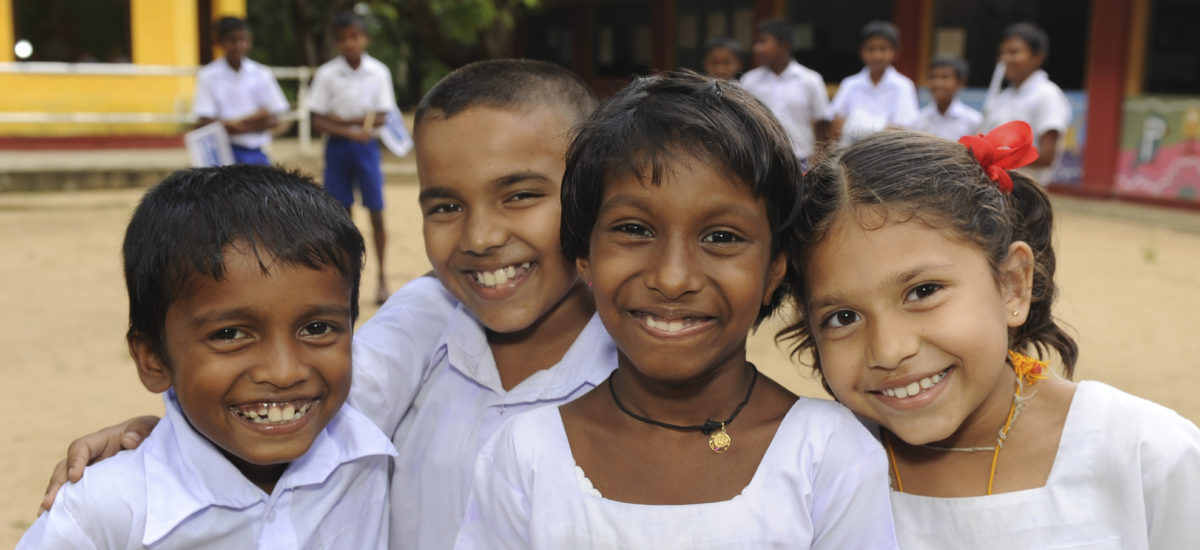Photo courtesy of UNICEF
World Children’s Day was first established in 1954 as Universal Children’s Day and is celebrated on November 20 each year to promote international togetherness, awareness among children worldwide, and improving children’s welfare.
November 20th is an important date as it is the date in 1959 when the UN General Assembly adopted the Declaration of the Rights of the Child. It is also the date in 1989 when the UN General Assembly adopted the Convention on the Rights of the Child. Since 1990, World Children’s Day also marks the anniversary of the date that the UN General Assembly adopted both the Declaration and the Convention on children’s rights.
The United Nations Convention on the Rights of the Child (UNCRC) is a legally-binding international agreement setting out the civil, political, economic, social and cultural rights of every child, regardless of their race, religion or abilities.
The four core principles of the Convention are: non-discrimination, devotion to the best interests of the child, the right to survival and development, and the views of the child. The Convention sets out the rights that must be realized for children to develop to their full potential. It recognizes the fundamental human dignity of all children and the urgency of ensuring their well-being and development.
Children’s rights include the right to health, education, family life, play and recreation, an adequate standard of living and to be protected from abuse and harm. Children’s rights cover their developmental and age-appropriate needs that change over time as a child grows up.
“Contained in this treaty is a profound idea: that children are not just objects who belong to their parents and for whom decisions are made, or adults in training. Rather, they are human beings and individuals with their own rights. The Convention says childhood is separate from adulthood, and lasts until 18; it is a special, protected time, in which children must be allowed to grow, learn, play, develop and flourish with dignity. The Convention went on to become the most widely ratified human rights treaty in history and has helped transform children’s lives,” says UNICEF.
“The Convention has inspired governments to change laws and policies and make investments so that more children finally get the health care and nutrition they need to survive and develop, and there are stronger safeguards in place to protect children from violence and exploitation. It has also enabled more children to have their voices heard and participate in their societies.
“Despite this progress, the Convention is still not fully implemented or widely known and understood. Millions of children continue to suffer violations of their rights when they are denied adequate health care, nutrition, education and protection from violence. Childhoods continue to be cut short when children are forced to leave school, do hazardous work, get married, fight in wars or are locked up in adult prisons.
“And global changes, like the rise of digital technology, environmental change, prolonged conflict and mass migration are completely changing childhood. Today’s children face new threats to their rights, but they also have new opportunities to realize their rights.
“The hope, vision and commitment of world leaders in 1989 led to the Convention. It is up to today’s generation to demand that world leaders from government, business and communities end child rights violations now, once and for all. They must commit to action to make sure every child, has every right.”
To mark World Children’s Day, Groundviews has created a series of infographics highlighting the situation of children in Sri Lanka.
These graphics can also be viewed on the Groundviews Facebook, Twitter, and Instagram pages.

